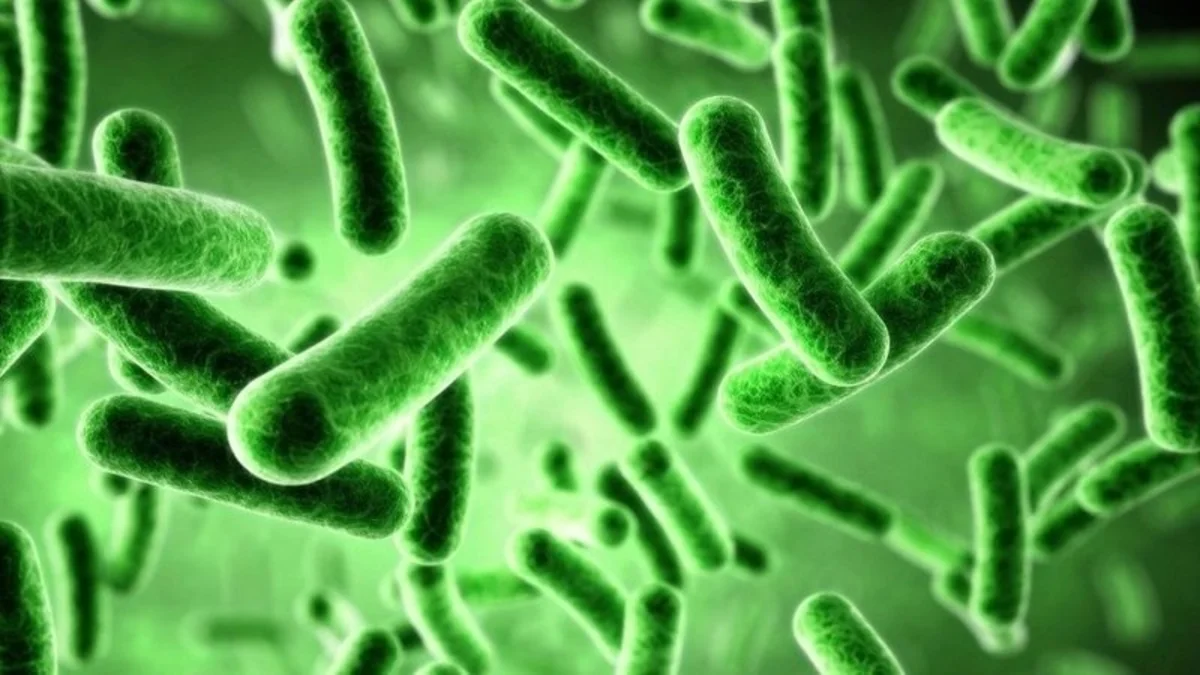Researchers have discovered a new strain of marine bacteria that reproduces using a unique budding process and releases viruses to facilitate nitrogen metabolism.
Researchers have isolated a new strain of marine bacteria with unique properties from the ocean floor.
The study, recently published in the journal eLife, is lauded by the editors as an important contribution to our understanding of physiological processes in deep-sea Planctomycetes bacteria. As the only species in the Phycisphaerae bacterial class known to use a distinct budding division pattern, it exhibits unique features, including a unique method of cell division that sets it apart.
According to the editors, this provides convincing evidence that the new strain is actively involved in nitrogen assimilation and is living with a chronic virus (bacteriophage) that facilitates nitrogen metabolism. The bacterial nitrogen cycle is an essential process that releases nitrogen to form nucleic acids, amino acids and proteins, the building blocks of life.
“Until recently, most research on the Planctomycetes family of bacteria has focused on species in freshwater and shallow ocean environments because of the logistical difficulties in sampling and cultivating deep-sea species,” says lead author Riquan Zheng, a research associate at the Institute. Oceanology, Chinese Academy of Sciences, Beijing, China and National Marine Science and Technology Laboratory, Qingdao, China. “Most Planctomycetes bacteria have been isolated using nutrient-poor media, so we wanted to see if using nutrient-rich media would allow culturing and characterizing members of this little-studied family.”
To isolate the new bacterium, the team took sediment samples from a deep-sea cold source known to harbor Planctomycetes bacteria, and then added the antibiotic rifampicin and nitrogen sources to a standard growth medium, stimulating their growth. They cultured these enriched bacteria on agar and also evaluated individual colonies via gene sequencing.
Also read – Scientists discover an unprecedented form of oxygen
Among the bacteria, they identified a species called ZRK32, which grows faster than the others and probably belongs to the genus Poriferisphaera. To confirm this, the team compared the genetic similarity between this species and other members of the Poriferisphaera genus and found that it could be distinguished from Poriferisphaera corsica, the only other species with a valid published name. This suggests that ZRK32 is a new species that the team proposes to name as Poriferisphaera heterotrophicis.
To learn more about this new species, the team studied its growth and how it reproduces. They found that, unlike other members of the Planctomycetes family, Poriferisphaera heterotrophicis grows better in nutrient-rich environments and reproduces using a budding mechanism, where the parent cells produce buds that develop into daughter cells.
Since the Planctomycetes family of bacteria is known to play an important role in the nitrogen cycle, the team then investigated whether Poriferisphaera heterotrophicis was also in this state. To test this, they looked at the effect of different nitrogen-containing substances (nitrate, ammonia and nitrogen dioxide) on the growth of Poriferisphaera heterotrophicis. They found that adding nitrogen in the form of nitrate or ammonia increased growth, while adding it in the form of nitrite inhibited growth.
They also found that adding nitrate or ammonia caused the new strain to release bacteriophage, a type of virus that infects bacteria. Bacteriophages are common in the oceans and can regulate nitrogen metabolism in host bacteria. This bacteriophage, designated ZRK32 phage, was able to significantly increase the growth of Poriferisphaera hetertotrophicis and other marine bacteria by promoting nitrogen metabolism. Although the team’s genetic analysis showed that Poriferisphaera hetertotrophicis contains all the genes necessary for nitrate and ammonia metabolism, chronic infection by this bacteriophage may help further optimize nitrogen metabolism.
“Our analysis shows that strain ZRK32 is a new strain that grows best in nutrient-rich environments and releases bacteriophages in the presence of nitrogen,” said senior author Chaomin Sun, a professor at the Institute of Oceanology of the Chinese Academy of Sciences. and the National Marine Science and Technology Laboratory. “This phage-ZRK32 is a chronic bacteriophage that lives inside its host without killing it. Our findings provide new insights into nitrogen metabolism in Planctomycete bacteria and provide a suitable model for studying interactions between Planctomycetes and viruses.” Source
Also read – Melanism case discovered in Papua penguin living in Antarctica













